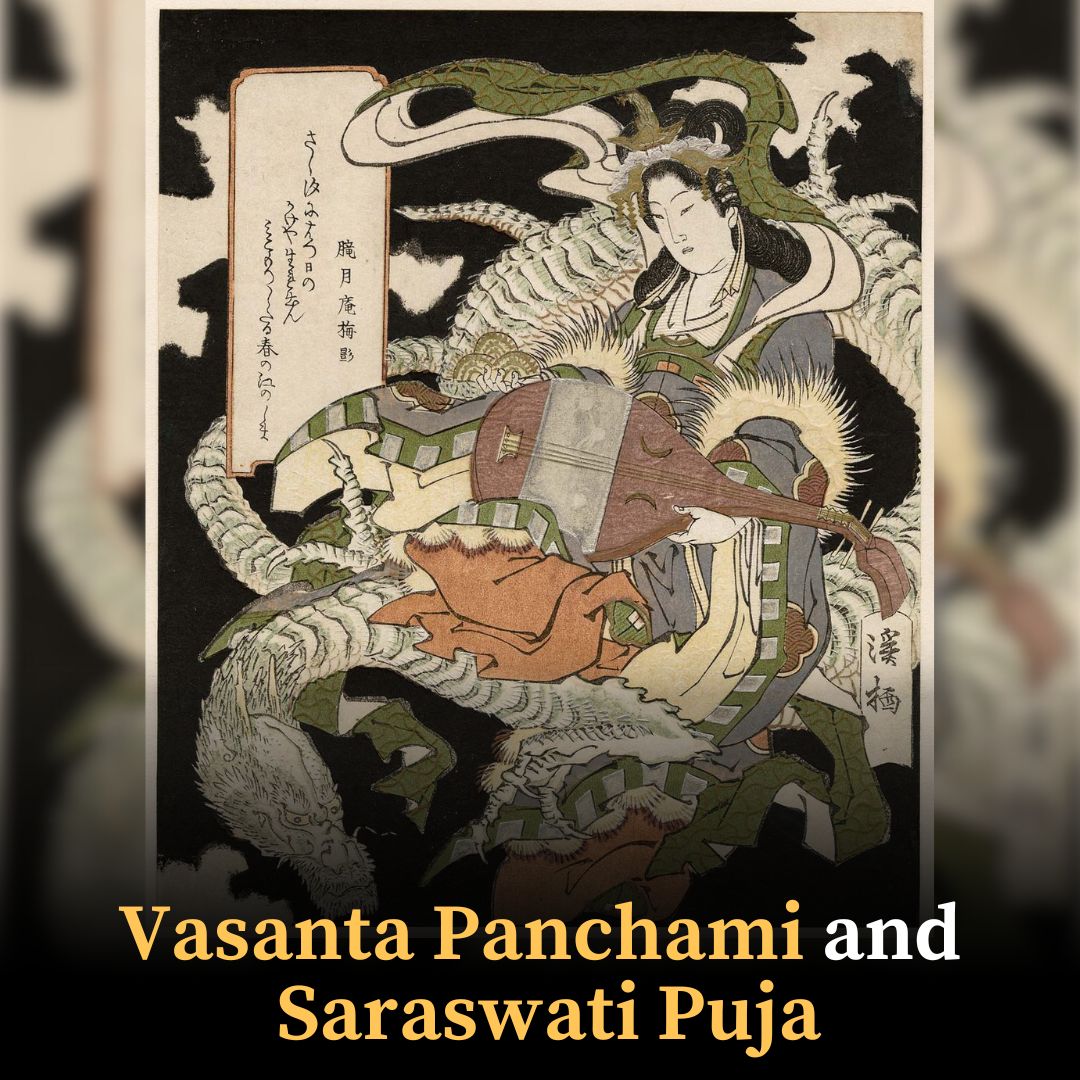Vasant Panchami is the sacred day of Saraswati, the Devi of creative energy, knowledge, language and speech. Saraswati is associated with education and all forms of artistic expression, hence Vasant Panchami is an important time for students, academics and artists. In Bharat, this festival signifies the arrival of Vasant Ritu (spring), the season of new life and fertility. Vasant Panchami is also sacred to Kamadeva (deva of love, desire, and beauty) and his wife Rati (sensual pleasure); though this aspect is no longer popular in modern Hindu society. In Punjab, the festival is celebrated by dressing in yellow and flying kites, a tradition that still survives in West Punjab, Pakistan. For Hindus in Northern Europe, although not yet spring, Saraswati Puja is still observed today, and is popular amongst Hindus from Eastern Bharat. Many Hindus from his region perform the ritual of vidya-aramba (known locally as Hate-khori), where young children write their first letters in the presence of Saraswati.
About the image: Saraswati is one of several Hindu deities also popular in Jainism and Buddhism. As Mahayana Buddhism spread out of Kashmir and into China and the rest of East Asia, so did the worship of deities such as Saraswati, Ganapati and Kubera. In Japan, Saraswati is known as Benzaiten and is one of the 7 Gods of fortune in Japanese culture. Like Indian images of Saraswati, Benzaiten is depicted playing a stringed instrument. One of the most interesting features of Benzaiten is her association with water; a reminder of Saraswati’s connection to sacred waters, an attribute that has been largely forgotten in Bharat.

